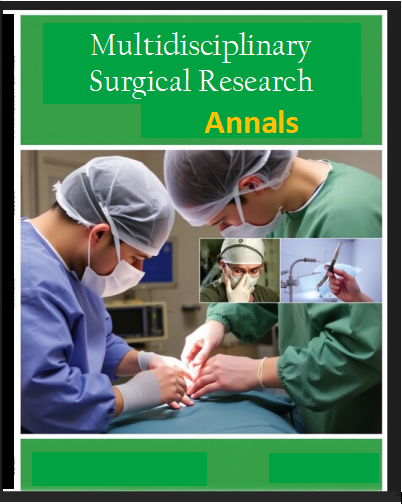Outcome of Ilizarov fixator in the management of proximal tibial fractures in adults
Keywords:
Llizarov fixator, Proximal tibial, FracturesAbstract
Introduction: Proximal tibial fractures are considered as severe injuries because they affect the knee joint which is one of the major weights bearing joints of the body. Objective: To determine the outcome of Ilizarov fixator in the management of proximal tibial fractures in adult patients. Methodology: This descriptive study was conducted at Orthopedic Surgery Department, Bahawal Victoria Hospital Bahawalpur during 25 October 2024 to 10 May 2025. Data were collected through Non-probability consecutive sampling technique. Patient characteristics, including age, gender, BMI, obesity, smoking status, diabetes, ASA status, mode of injury (fall, RTA, assault), and type of fracture (Schatzker V or VI), were recorded. All the patients underwent Ilizarov fixation as per the hospital protocol, performed by a consultant orthopedic surgeon with ≥5 years of post-fellowship experience. Results: Data were collected from 107 patients, with a slight male predominance (56.1%). The mean age of participants was 41.5 ± 10.2 years, with ages ranging from 25 to 65 years. Regarding BMI, the majority of patients were of normal weight (62.6%), while 25.2% were overweight and 12.1% were obese. The most common mode of injury was road traffic accidents (58.8%), followed by falls (31.8%) and assaults (9.4%). The majority of fractures were classified as Schatzker Type V (57.9%), with the remaining cases being Schatzker Type VI (42.1%). Regarding the outcome, 98.1% of the patients achieved radiological union, while 1.9% experienced delayed union, indicating a high success rate in terms of bone healing. Conclusion: It is concluded that the Ilizarov fixator is an effective and reliable method for managing proximal tibial fractures, specifically Schatzker types V and VI, in adults. The study demonstrated high rates of radiological union (98.1%) and excellent functional outcomes, with a majority of patients achieving satisfactory knee function and mobility.




